Yes, physiotherapy is beneficial for a wide range of sports injuries. Whether it's a sprain, fracture, dislocation, or concussion, a skilled physiotherapist can develop a treatment plan to address your specific needs.

16/05/2023
Sciatica pain can be a real nuisance, but fortunately, some stretches can help alleviate the discomfort. Here are some of the best stretches for sciatica pain management:
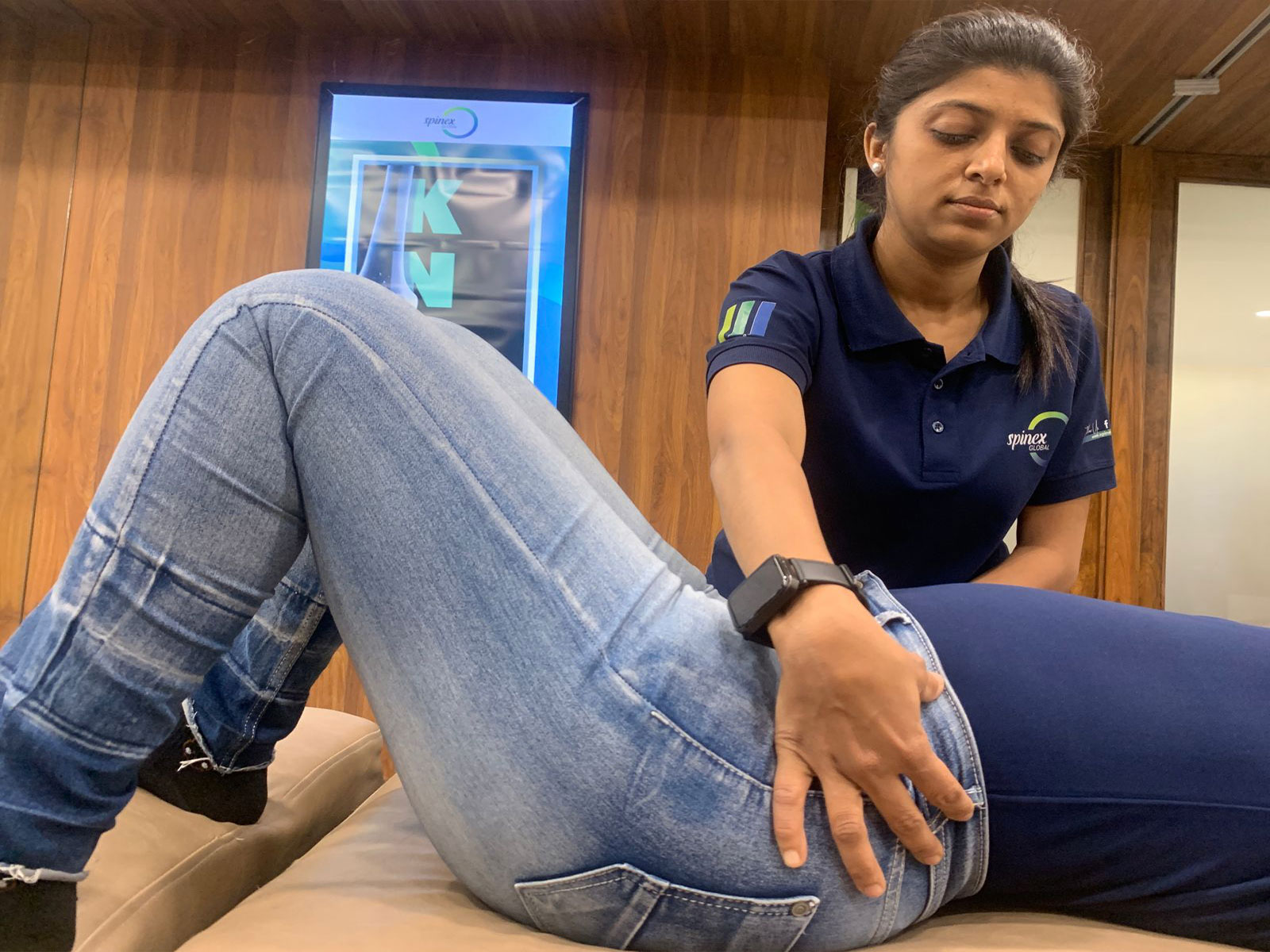
· Lie down on your back with both knees bent with feet flat on the floor. · Tilt your pelvis upwards and then back down again, repeating the motion for 10-15 repetitions. · This stretch helps to relax the piriformis muscle, which can compress the sciatic nerve.

· Sit on the floor with your affected leg crossed over your other leg. · Place your hand on the knee of the crossed leg and pull it toward your opposite shoulder. · You will feel a stretch in the backside of your leg. Hold for 30 seconds and repeat 3-4 times. · This stretch targets the piriformis muscle, which can compress the sciatic nerve.

· Sit on the floor by keeping your legs straight. · Lean forward to reach for your toes and knees straight. · Hold for 30 seconds and repeat 3-4 times · Tight hamstrings can contribute to sciatica pain, so stretching them can help alleviate discomfort.
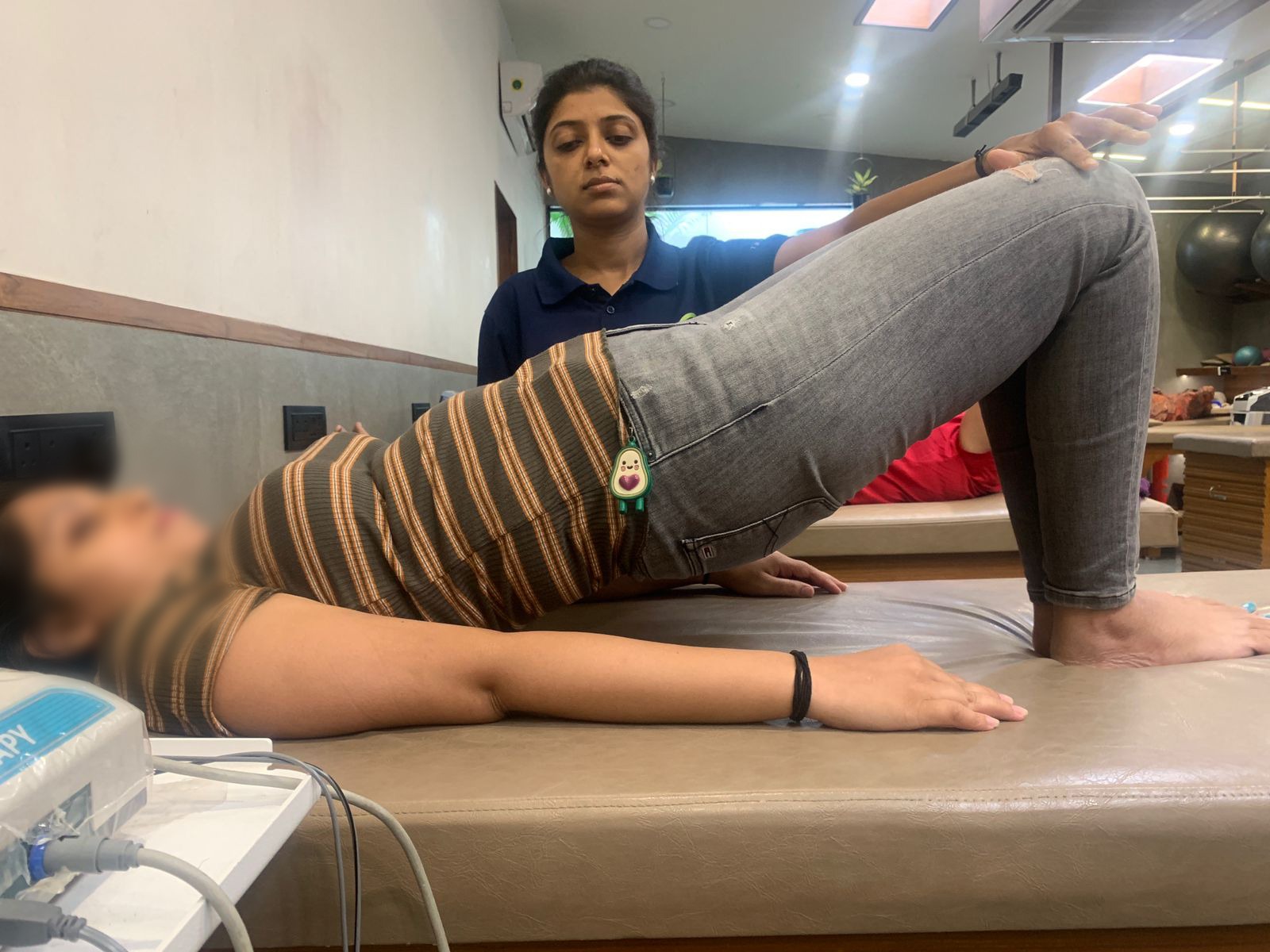
· Lie on your back by keeping your knees bent and feet flat on the floor. · Slowly lift your hips towards the ceiling by squeezing your glutes. · Hold for 2-3 seconds and then lower back down. Repeat for 10-15 repetitions. · Weak glutes can contribute to sciatica pain, so strengthening them can help alleviate discomfort.

· Lie down (Supine lying) & bring one knee towards your chest. · Hold onto your knee with your hand and gently pull it towards your chest. · Hold for 30 seconds & repeat 3 times on each side. · This stretch helps to loosen up the lumbar spine and relieve pressure on the sciatic nerve.
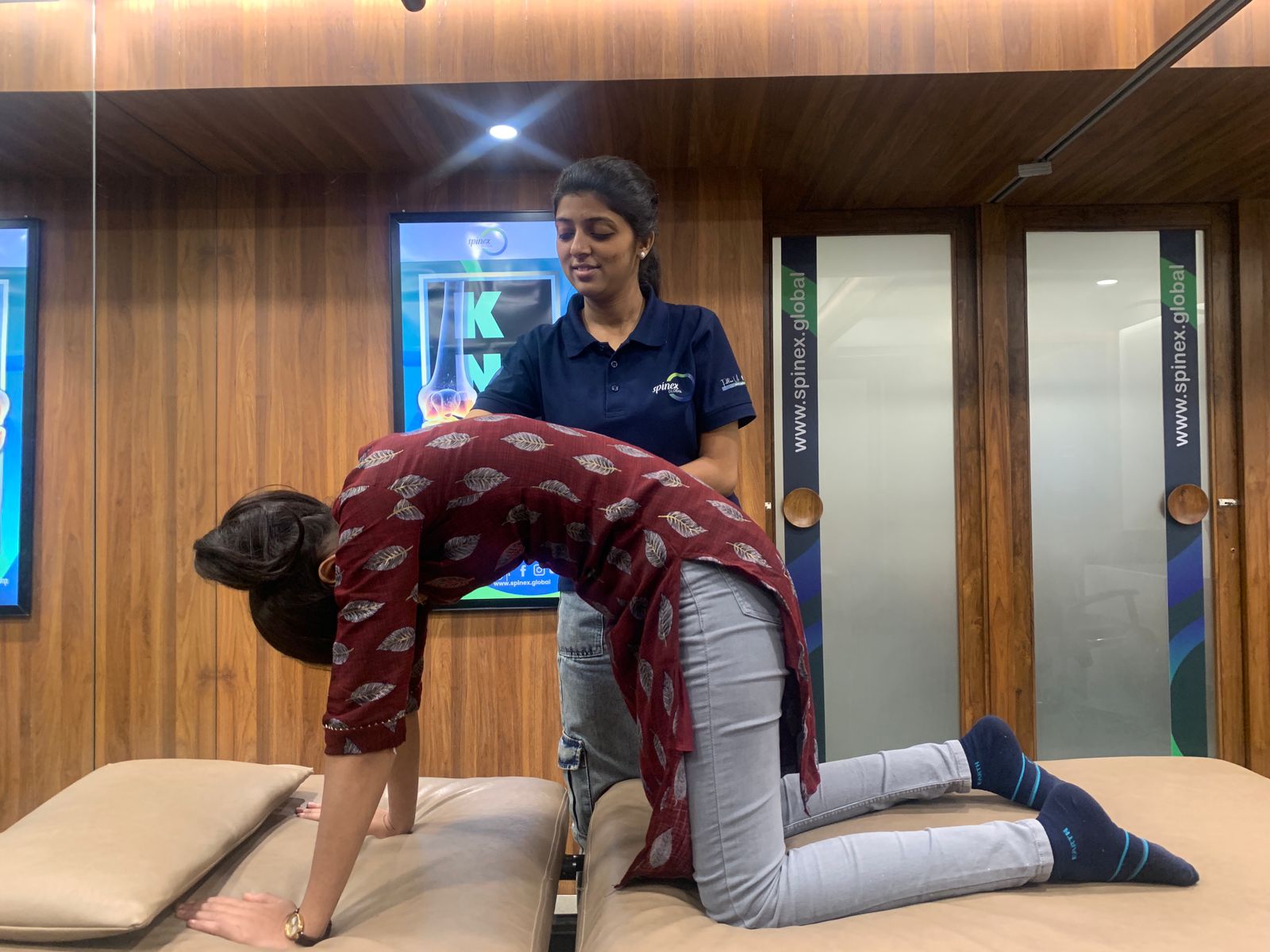
· Start on your hands and knees. · Arch your back and lift your tailbone towards the ceiling (like a cat). · Then, round your back and tuck your chin towards your chest (like a cow). · Repeat for 10-15 repetitions. · This stretch helps to loosen up the spine and relieve pressure on the sciatic nerve.
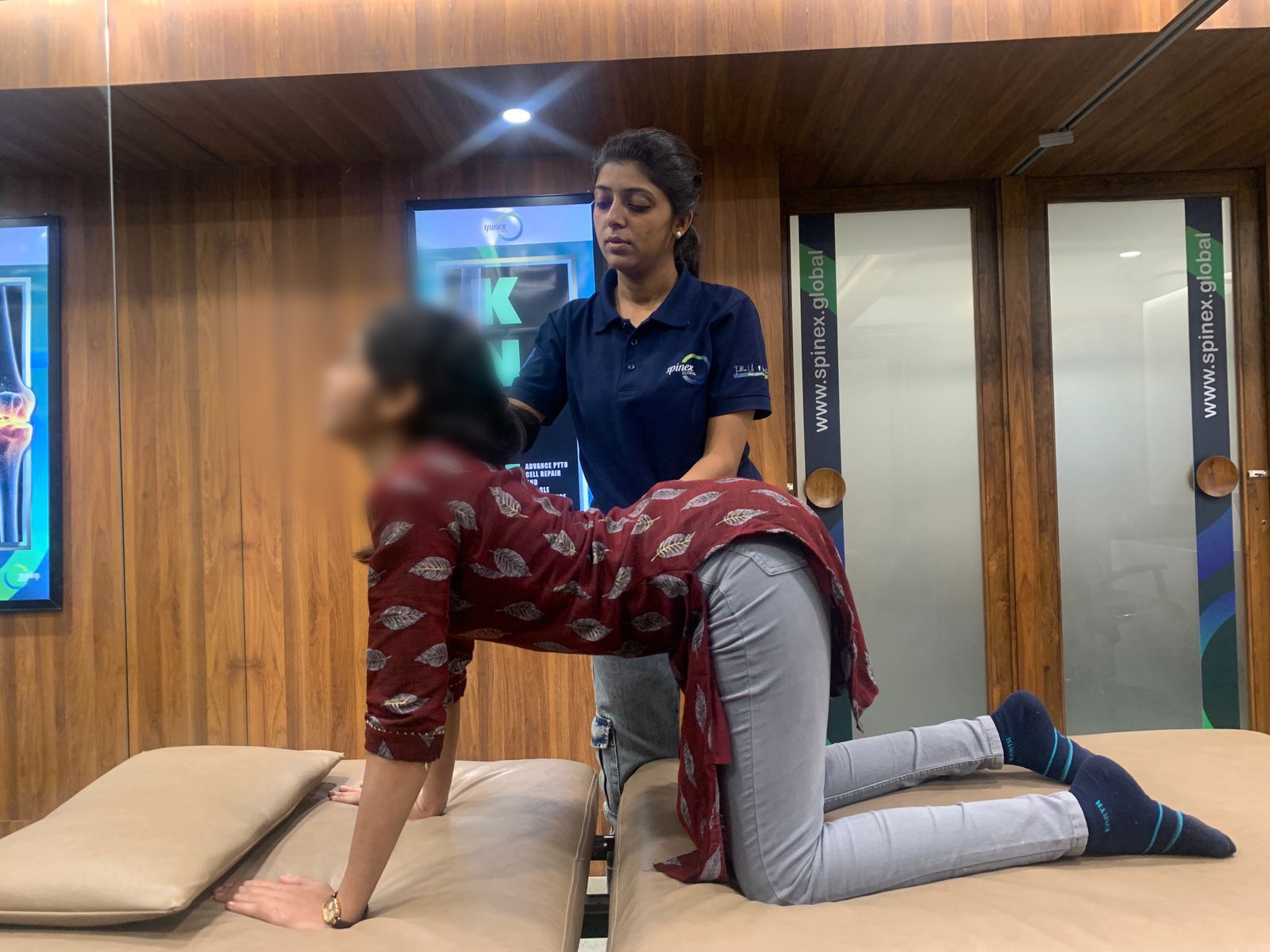
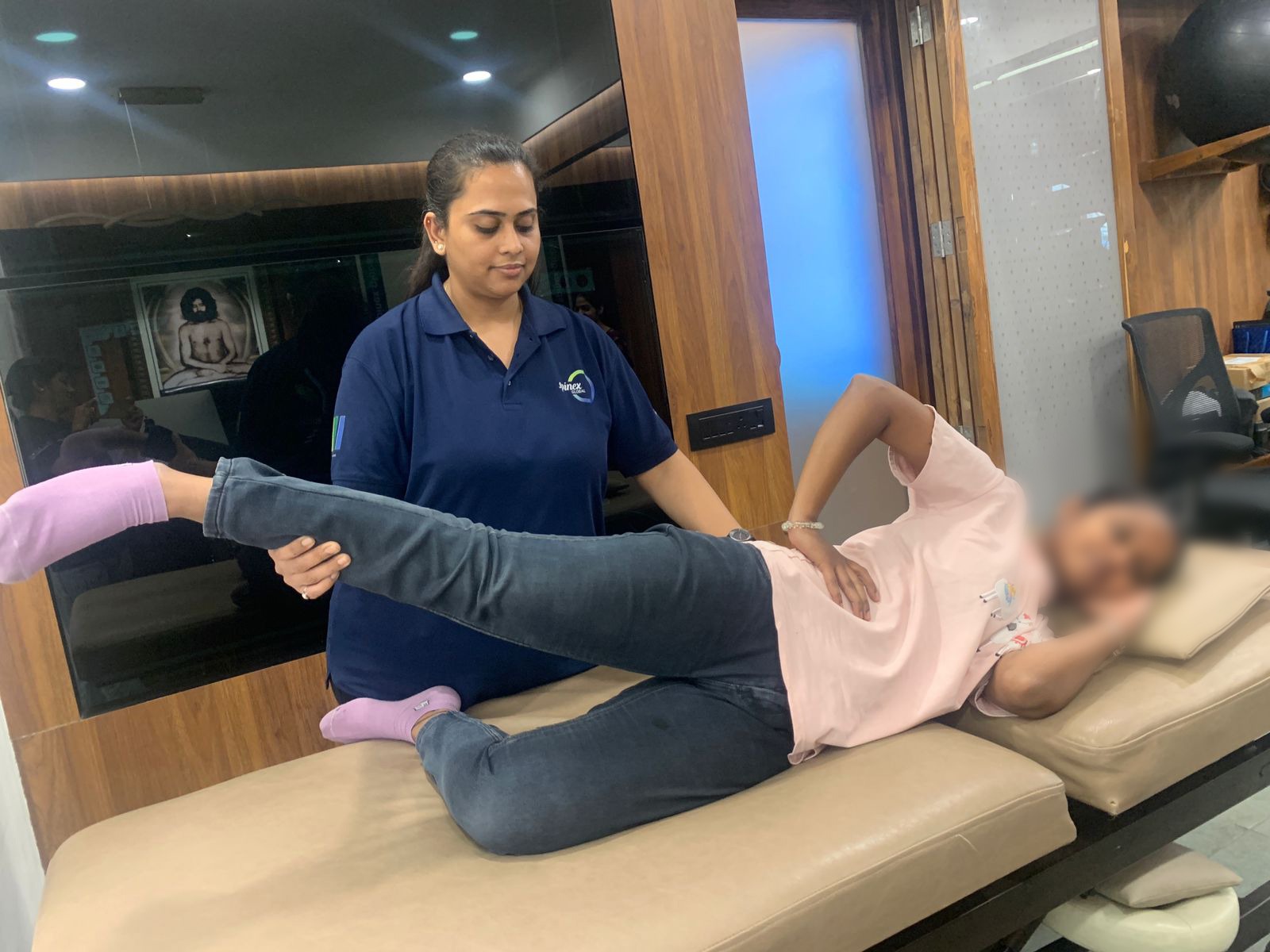
· Lie on your side with your legs straight and feet touching. · Lift your top leg away from your bottom leg, keeping it straight. · Hold for 2-3 seconds and then lower it back down. Do 10 repetitions on each side. · This stretch helps to loosen up the piriformis muscle and relieve pressure on the sciatic nerve.Remember to always warm up before stretching, and to hold each stretch for at least 30 seconds to allow for maximum relaxation of the muscles. It's also important to listen to your body and stop if you experience sharp pain or discomfort.
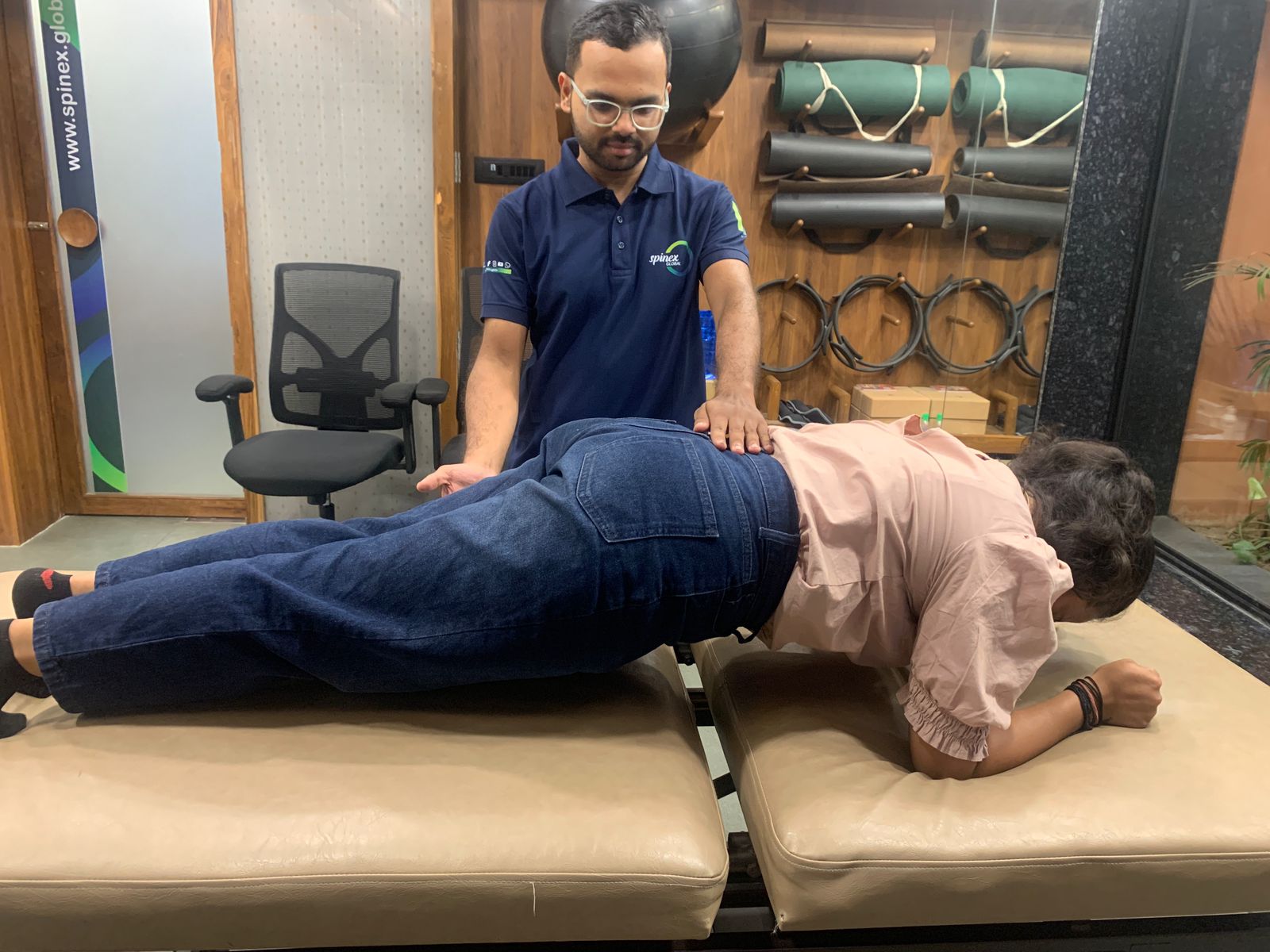
Building strength in your core and glutes can help stabilise the pelvis and alleviate sciatica pain.
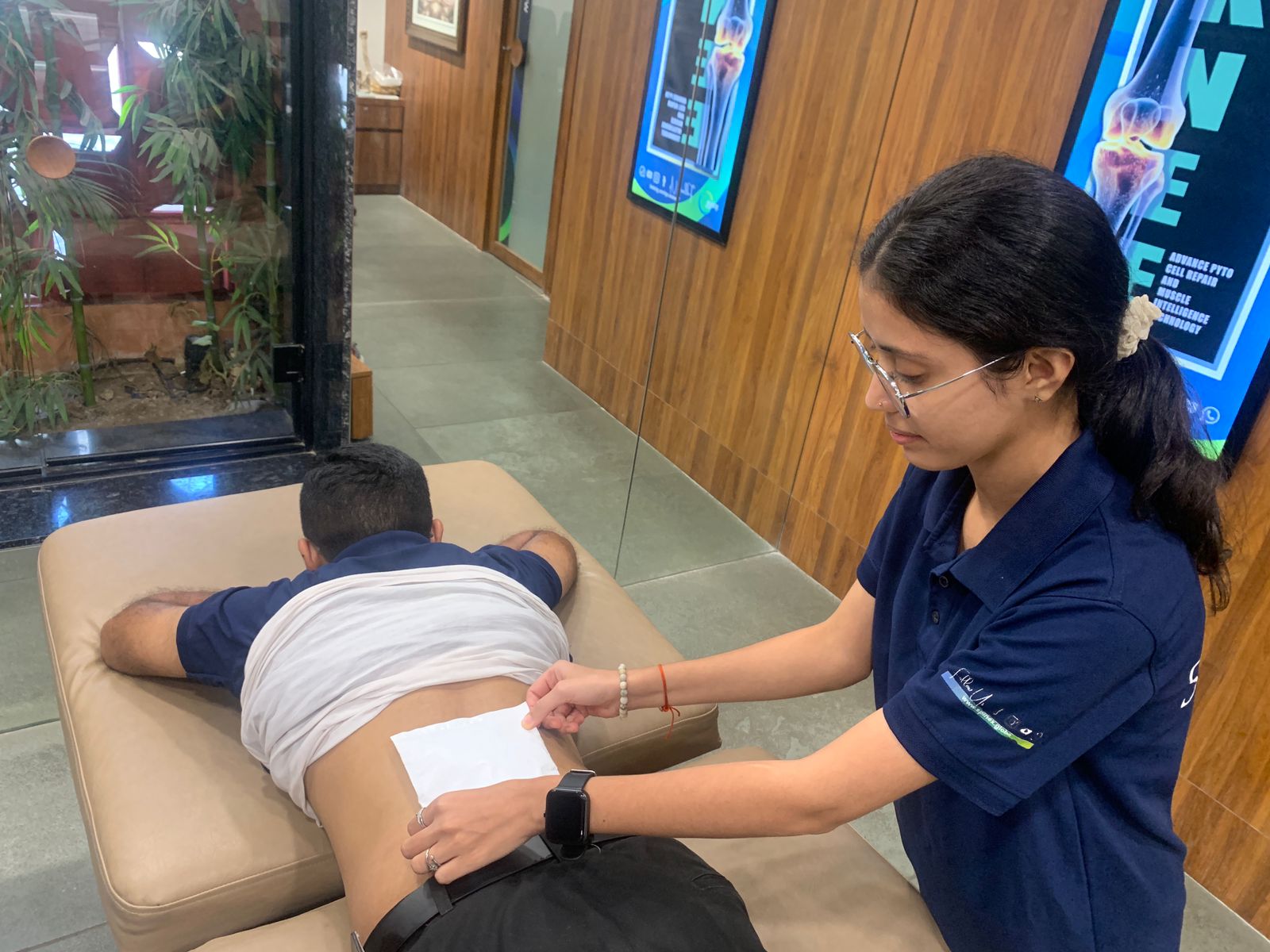
Applying heat or cold packs to the affected area may help relieve pain and reduce inflammation.
Maintaining good posture can help reduce pressure on the sciatic nerve and alleviate discomfort.

Massage therapy can help relax tense muscles and improve circulation, which can help alleviate sciatica pain.
If you're experiencing persistent or severe sciatica pain, it's always a good idea to consult a Physiotherapist for proper diagnosis and treatment.
The recovery process can vary depending on the type and severity of the injury. Mild injuries may take a few weeks, while more severe injuries may require several months. Your physiotherapist will provide a more accurate estimate based on your specific case.
Yes, physiotherapy is beneficial for a wide range of sports injuries. Whether it's a sprain, fracture, dislocation, or concussion, a skilled physiotherapist can develop a treatment plan to address your specific needs.
While physiotherapy cannot guarantee the prevention of all sports injuries, it can significantly reduce the risk. Through proper conditioning exercises, biomechanical analysis, and injury prevention strategies, physiotherapists can help athletes minimize their chances of getting injured.
The number of physiotherapy sessions required varies depending on the injury, the individual's response to treatment, and other factors. It can range from a few sessions to several months of ongoing rehabilitation. Your physiotherapist will assess your progress and adjust the treatment plan accordingly.
When choosing a physiotherapist, consider their qualifications, experience, and specialization in sports injuries. It's also essential to find someone with whom you feel comfortable and can establish good communication. Ask for recommendations from trusted sources and read reviews to make an informed decision.

Back pain is a common ailment that affects millions of people worldwide. It can be caused..
Read more